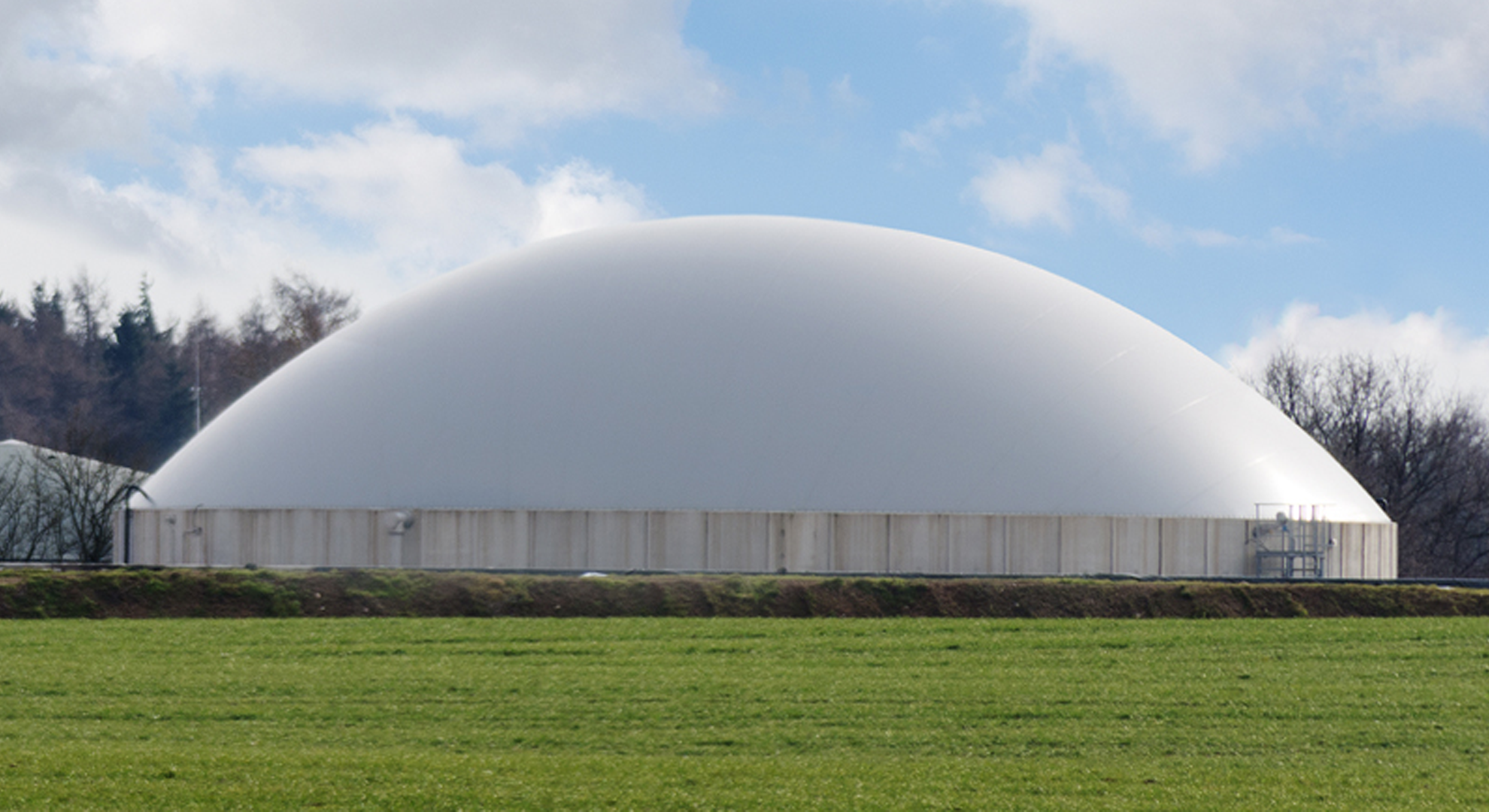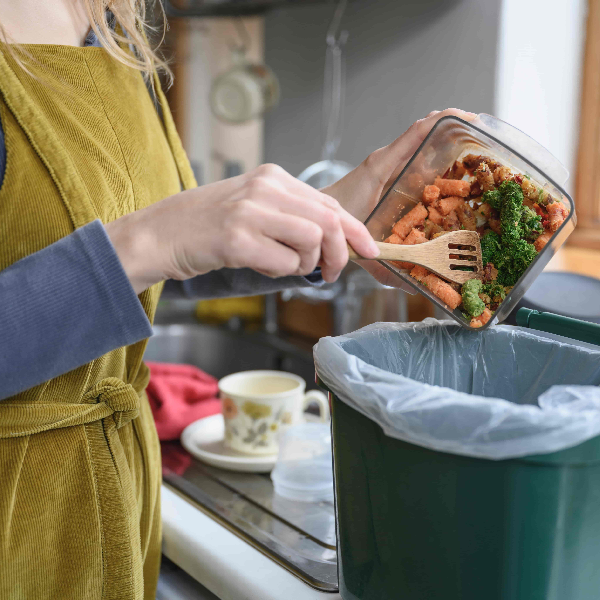
Anaerobic digestion
In anaerobic digestion (AD), food waste (and some other types of organic material) is broken down by a natural process.
Unlike composting, the material breaks down in special, sealed containers without any oxygen.
How does anaerobic digestion work?
Anaerobic digestion systems can be very different for example material may be fed into a reactor in distinct batches, or in a continuous flow.
The process starts with a pre-treatment which gets the feedstock ready for digestion. The feedstock is mixed together to make sure it is the right consistency and the ratio of carbon to nitrogen is correct. At this stage water may be added.
During pre-treatment the material is screened for contaminants, such as plastic and grits and packaged food waste is extracted from its packaging.
The feedstock is then fed into a digester.
Digestion usually occurs under a slow mixing process and the biogas produced is collected.
How can the digestate be used?
The digestate produced is stored until required, and can be separated into liquid and solid fractions.
- Solid fractions can be processed further on site by being put into a composting operation for further processing or used directly on land.
- The liquid may also be used on the land as a biofertiliser.
How can the biogas be used?
The biogas produced will be stored before being used for any of the following:
- Refined further into biomethane for vehicle fuel or for injection into the gas grid;
- Burned in a combined heat and power engine to produce electricity and heat
- Burned in a gas boiler to produce heat for local use such as district heating or heat for an industrial process.





